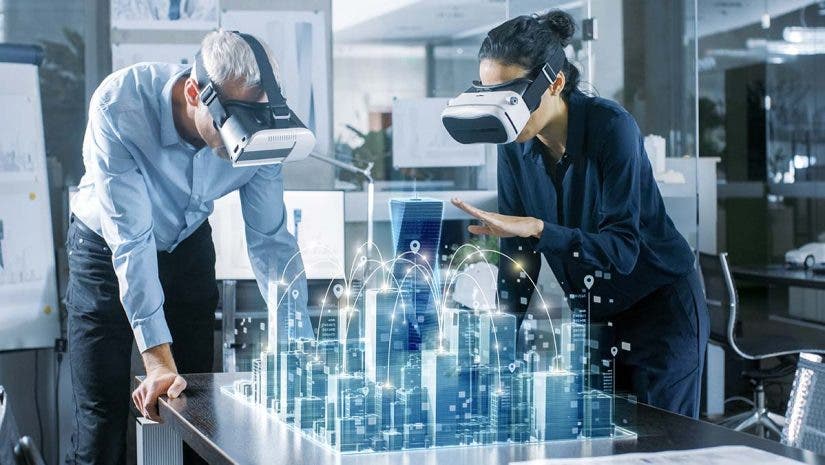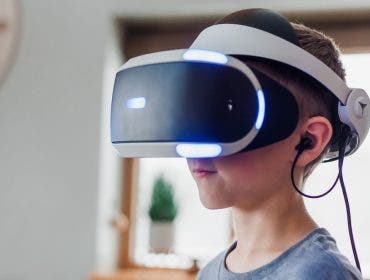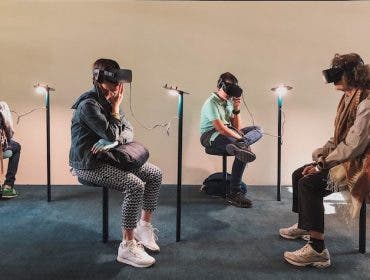Picture it: you are walking through a house so beautiful you could only find it in a dream. The soft golden glow of the sun casts itself from the window, stretching the sunlight from wall to wall. You admire the spacious master bedroom and the sheen of the polished acacia floors. You take off your virtual reality (VR) headset and return to the architecture meeting in progress.
Now compare this experience to the maquette or a scale model.
Maquettes are an impressive feat of craftsmanship, no doubt about it. They are products of ingenuity and one of the oldest tools in the architectural world. The sturdy wooden structure reflects countless hours of delicate and meticulous construction, resulting in a cute miniature model.
But let’s be honest, the world of virtual reality architecture makes a maquette seem like a glorified set of Legos.
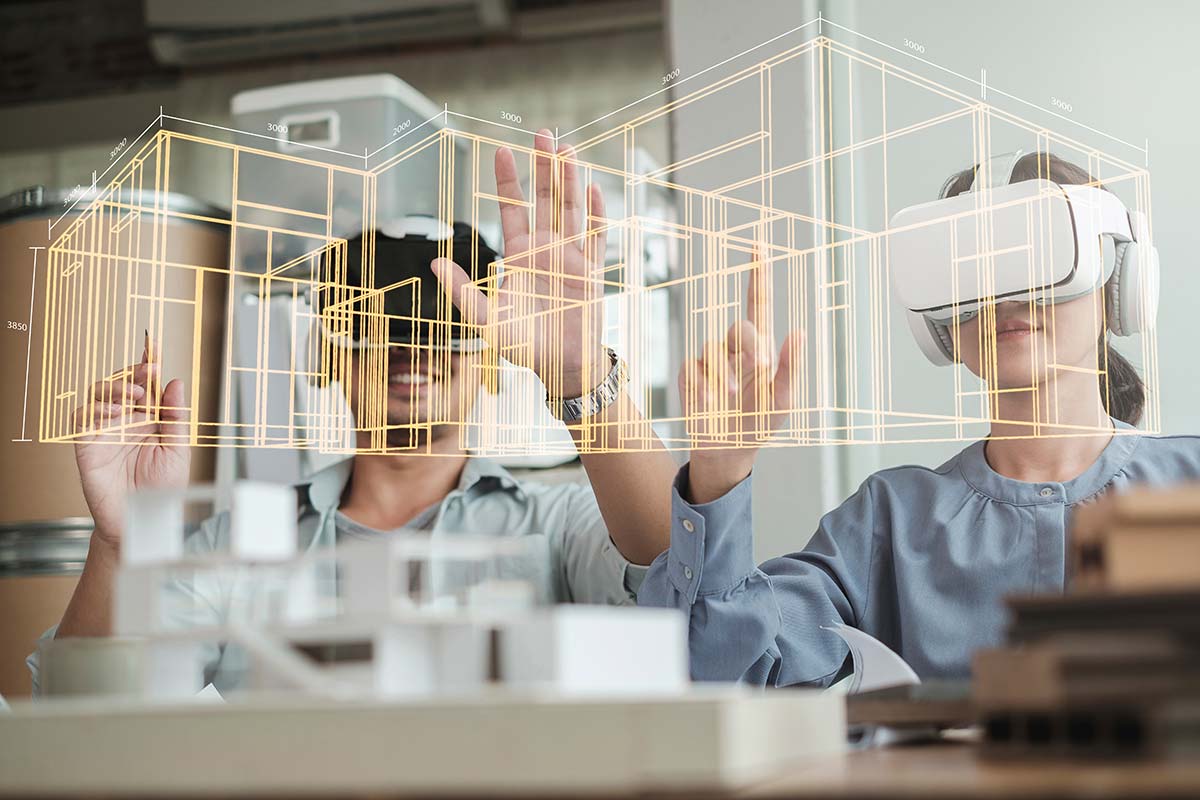
How the Architecture Industry is Using Virtual Reality
Firms are frenzying to take advantage of VR’s groundbreaking capabilities and apply them to some of their latest and most prominent projects. SHoP Architects, a firm that’s trailblazing virtual reality architecture forward, entrusted architecture VR software with the lofty task of cutting 12,000 unique facade panels for the Barclay’s Center in Brooklyn. The VR technology executed the job without issue at a far more efficient rate than traditional means. One of SHoP’s directors and a proponent of virtual reality in design, John Cerone, says it seems “inevitable” that VR will replace the diagrams and become integral to the construction process in the firm’s next project. “It’s too efficient for it not to.”
Cerone’s sentiment reflects the overall industry trend towards “virtual reality architecture.” This makes it more employable in conjunction with existing architectural technologies. 3D Building Information Modeling (BIM) services like Revit, Rhino, and Grasshopper 3D affirm this sentiment as they now create renderings compatible with VR software programs.
Benefits of VR in Architecture
Safer Construction Sites and Reduced Project Risk
A recent study analyzed how designers and builders can create safer construction sites by using VR to examine construction scenarios. The report found that various safety issues only became clear to them through the dialogue and demonstration in VR. Insights like these can prevent serious injuries, potentially saving lives.
Reduced Project Costs in Early Project Stages
Clients and designers can consider the implications of design preferences, construction, and maintenance with greater confidence and efficiency after exploring the realistic renderings of their projects. Researchers of VR found that this aspect of the technology can cut project execution costs in the early stages of design conceptualization. The level of detail provided by VR also improved the accuracy of architects’ spatial judgments in the planning stage, saving money by preventing errors before they reach the construction stage.
Intimate Project Previews in Immersive Virtual Environments
Virtual reality provides immersive environments where the designer and clients can see how the space feels and functions. The scope of a project and its more minor details can be thoroughly examined in the virtual world.
Seamless Worldwide Collaboration
VR can create simulated environments in which architects, engineers, and designers can work together from all corners of the earth on the same 3D assets. This means firms can work on projects no matter where project team members are located, cutting travel costs, and enhancing communication.
Improved Project Analysis
The abilities of VR do not stop at visualization; systems can provide data and other insights for projects that extend beyond its qualitative features. A 2016 study developed a VR system to assist architects and designers by collecting and analyzing user behavior. The system also provided feedback to building energy analysis assessments, predicting the building’s energy consumption before it was even made.
Studies have also demonstrated the advantage VR models have regarding the cognitive understanding of models compared to traditional methods. These virtual environments provide architects with a more profound understanding of their works, especially in spatial awareness and perception.
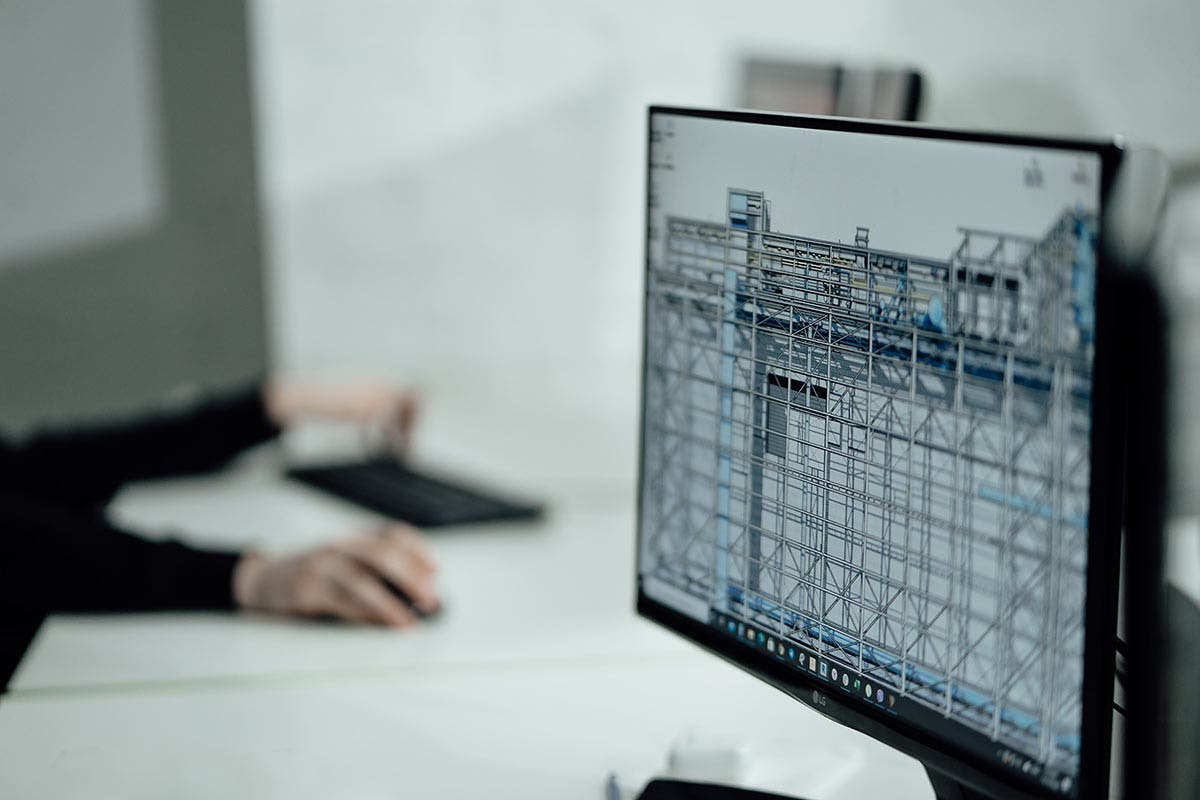
How Does VR Change Architecture?
2D Drawings and Renderings are Becoming a Tool of the Past
The level of detail and understanding within virtual reality architecture software makes 2D models nearly obsolete. Models limited to two-dimensional means do not have the immersive capabilities of their 3D and virtual counterparts. What can be seen in drawings and renderings is severely limited. The visualization firm Sonny+Ash offers a glimpse into the architectural 3D trend. The company is establishing itself as a leader in generating lifelike virtual spaces, attracting enterprises such as Gensler, HOK, and Perkins Eastman to showcase their projects on a grander scale before construction begins.
Increased Access to VR Technology Offers Immersive Collaboration Environments for Firms and their Collaborators
The introduction of VR headsets such as Oculus Rift, Samsung Gear VR, HTC Vive, Microsoft HoloLens, and Google Cardboard in the commercial world have brought VR into the mainstream. This enables those who want to explore the capabilities of virtual reality architecture a means to do so without breaking the bank.
The pre-construction project models are no longer indigestible to those who aren’t an architect. Anyone can now be a part of the design review process; this includes construction teams, engineers, investors, and any other professionals involved with the project.
Optimizing Communication Through New Channels
Virtual reality in design allows everyone to be on the same wavelength since nearly nothing is left to interpretation in the design process. Brian Hopkins, Director of Applied Computing at Ennead Architects, shared his view on data visualization and VR stating, “…it makes the quantifiable qualitative. We’re humanizing the data.”
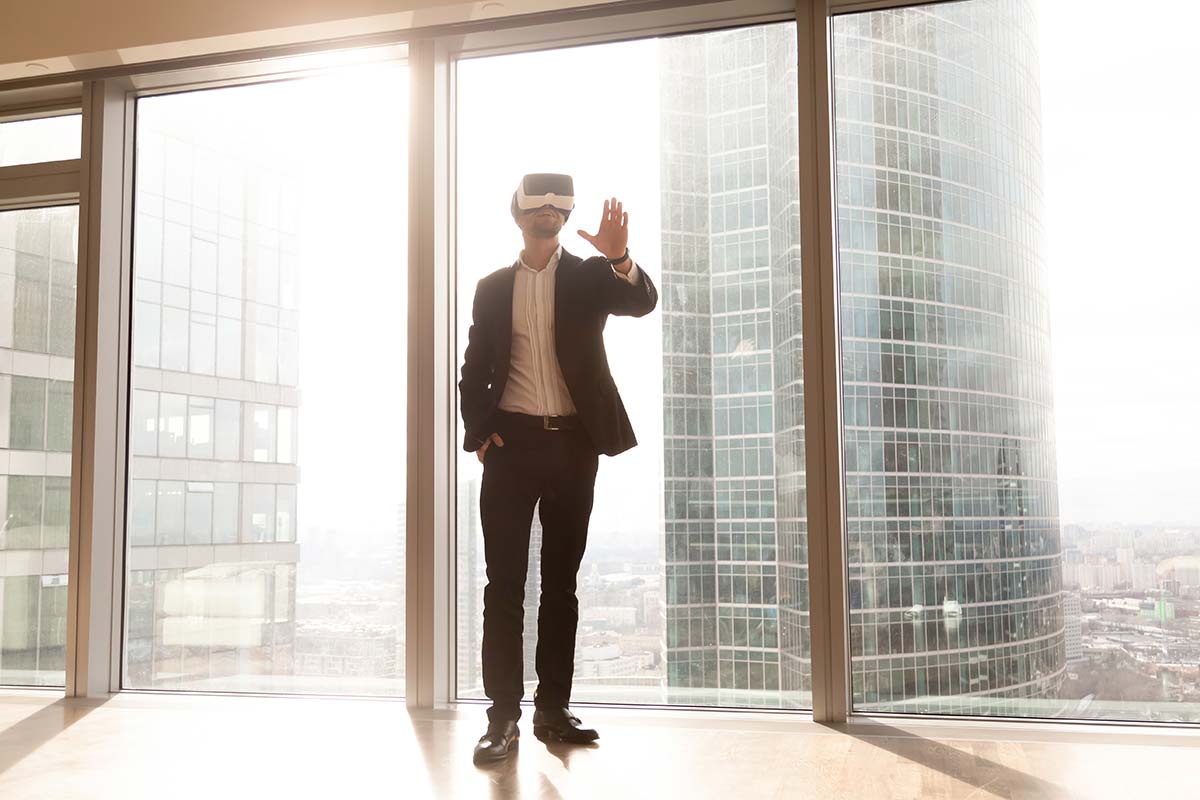
Is Virtual Reality the Future of Architecture?
Virtual reality offers new horizons in architecture that were seemingly impossible before its inception. Within the immersive virtual world, we can step inside the big picture models to examine the finer details as if our vision was directly transmitted into the headset. Many within the industry’s leading firms have already realized the powerful potential of this immersive technology.
According to the AIA’s 2018 firm survey, The Business of Architecture, it has been recorded that 67% of large firms are utilizing VR technology within their practice. The industry is focusing on “virtual reality architecture” to optimize the design and construction process. Suppose firms ultimately want to cut costs, enhance visualization, and enrich communication to the best of their ability. In that case, future integration of VR technology in architecture is inevitable.
